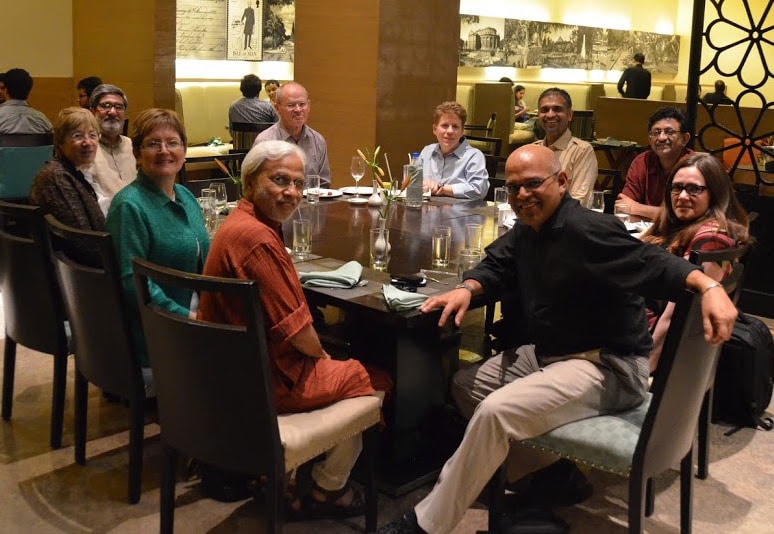Learning through play has been an important part of my philosophy of teaching (and learning). In fact I have argued that play is far more important than games (though games have been receiving a great deal of educational interest lately). [You can read a previous posting about the relationship between play and games here.
Play in my mind (and in my teaching) if often connected with humor. As it turns out, recent research indicates that this connection has an evolutionary history. As this article argues, humor is a part of our “mammalian inheritance, and [is] closely related to rough-and-tumble social play.”
As the article says:
Like children, apes laugh during chasing, wrestling and tickling games. Chimps and gorillas who have learned sign-language have used it for punning, incongruous word use and playful insults. Intriguingly, it seems that rats may laugh too. A team of researchers at Bowling Green State University reported in 2000 that rats produce an ultrasonic chirping during play and when tickled by humans. These chirps appear to be contagious, and young rats prefer older rats who produce more of them.
Surprisingly, jokes play a rather small role in humor, despite being the mainstay of most entertainment related humor. As it turns out, only a small percentage of daily laughter is actually occasioned by jokes. Most laughter (around 70%) arises spontaneously in social interaction!
A third element that seems to appear, at least in my mind, along with humor and play is the idea of creativity. Both humor and play (especially the open-ended kind) appear to value the creative insight, the ability humans have of seeing the world though skewed lenses, making the strange seem normal and the normal appear strange.





0 Comments